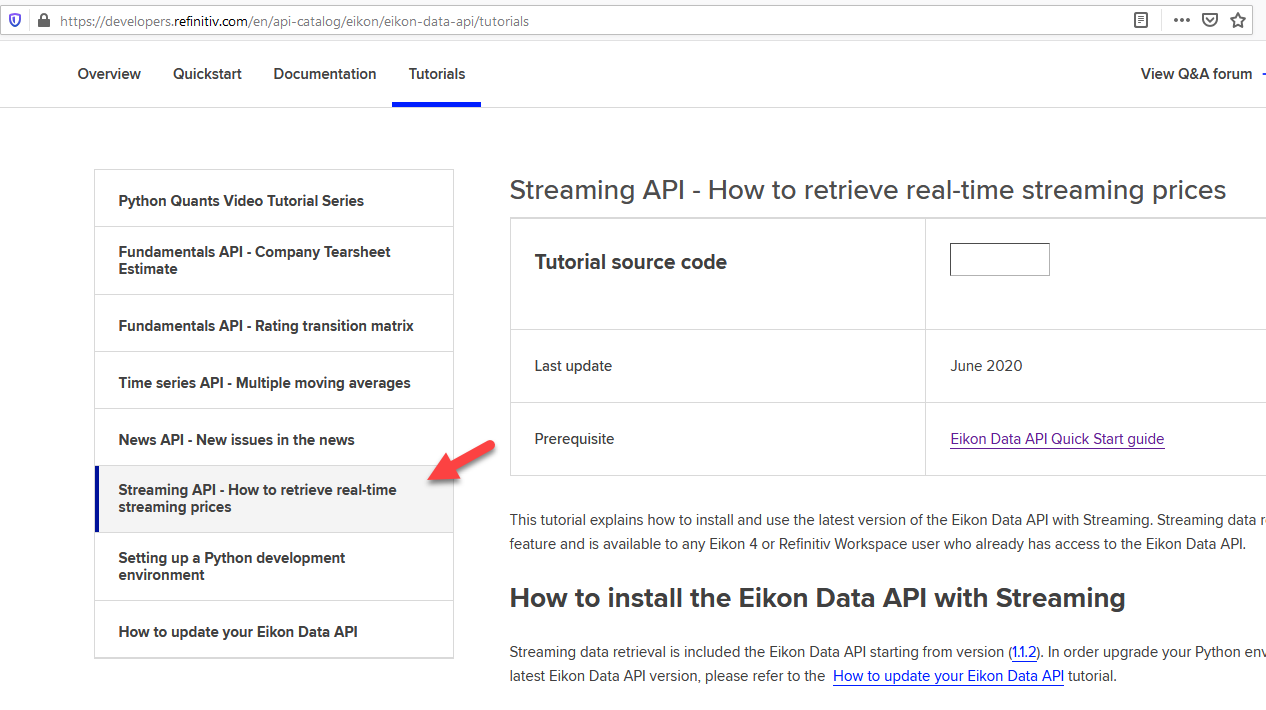Hello,
I am using the below to get a time series of prices, with interval being "hour".
df =pd.DataFrame(ek.get_timeseries(ric, start_date=first_date,interval=interval))
My problem is that I am receiving a time series that stop at the last completed hour. For example if it is 6:15 when I run it, the last price will be the price at 6:00. I would like that the time serie includes the current price. In the current example in the perfect output the last price would be the price now, as if it was the price at 7:00.
Is there any solution the include the last price in my hourly time series? Thanks in advance.




